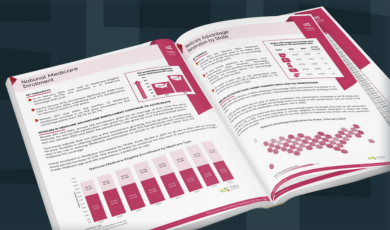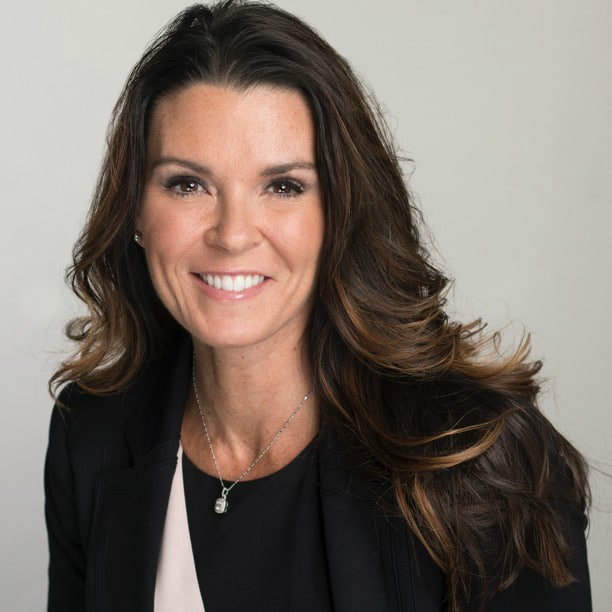GUEST BLOG
Four Steps to Craft a Strategic Plan for Your Post-Acute Organization
By: Jennifer Maxwell | November 21, 2019
I’m about to put you on the spot.
Does your home health agency, hospice, or skilled nursing facility have a strategic plan?
No, not the plastic bound 20-page document with a flowery mission statement collecting dust on your desk or being used as a doorstop.
I’m talking about a mutually agreed-upon, actionable, and measurable plan to take your business and care quality to the next level.
I know it’s hard to find time to get out from in your business to work on it, especially with ever-changing regulations and reimbursement structures, but it’s the only way to improve your bottom line and patient care quality.
Look at it this way. There are 2,080 work hours in a year. Use just 40 of those to reflect and create a plan to ensure the remaining 2,040 are aligned and successful.
Start with taking these four steps to craft an actionable strategic plan:
1. Assess and determine your position
Look at your data to determine where you currently stand. If you don’t already have a reliable and robust analytics technology provider, you need one. Your competitors know their data, and if you want to compete, you need to know yours better. In my opinion, Trella’s solutions are a necessity if you want to compete in the post-acute industry. Analyze your processes. What’s working? What do you need to improve? Based on these findings, where do you want to set the next goal post? Write that down.
To do this discovery portion well, I always suggest creating a committee and (shameless plug) hiring a consultant. The committee is important, because you need various internal perspectives to gather the appropriate information and create a vision for the future. By bringing in varying voices and incorporating their suggestions into your action plans, you’ll earn multi-level and multi-department buy-in, which is essential if you want your action plans to succeed.
I suggest hiring outside help for a few reasons. 1. It’s often hard to see your own blind spots. Get a third party involved who can be objective. 2. You only have the experience from your organization. Third parties have seen the inside of various organizations and know, based on repeated trials, what works best and how to accomplish it with the least disruption to your organization.
2. Strategize
Now that you know, based on data and team member vantage points, where you’ve been and where you are, think about where you want to go. Create an image of what financial, organizational, and clinical success looks like in five, three and one year(s). Solidify your competitive advantages that will get you there. Then, establish what tools you’ll use to succeed.
Again, these exercises cannot be accomplished in a vacuum. Work with your committee members. Have your committee heads discuss these elements of strategy with their teams and relay the consensus back to the strategic planning committee. As cliché as it may sound, teamwork makes the dream work. We see so many organizations leave their field members’ viewpoints out of the equation. They’re the ones working side by side with your patients, and your patients are the reason you are in business. Make sure you incorporate your clinicians’ and patients’ perspectives into your strategy.
3. Set action items
You’ve got the big picture. You know where you want to go, but how do you get there? You need to break down your strategy into goals and those goals into measurable key performance indicators (KPIs). These KPIs need to be trackable in real-time and adjustable. Through all of this, stay in constant communication with your team members and help them accomplish their KPIs. Remember, their accomplished KPIs translate into your organization’s realized strategic plan. So, don’t treat KPI completion as your employees’ problem. Help, motivate, and encourage them. Each small step toward KPI progression is a step toward your organization-wide strategic plan fulfillment.
4. Measure and monitor
I mentioned it before, but your KPIs need to be trackable and accessible. You can’t manage what you can’t measure.
I know this sounds like a lot — another thing to add to your list. I get it. We work with home health and hospice providers across the country. You all are hardworking, selfless, and impassioned professionals. You give your all day in and day out, focusing on your patients while also managing the varying needs and changes CMS throws your way.
We at MHA want to make sure all that hard work is focused and progressing toward the growth of your organization and the benefit of your patients.
I, and the rest of the Maxwell team, are here to help you. You can reach me directly at [email protected].














